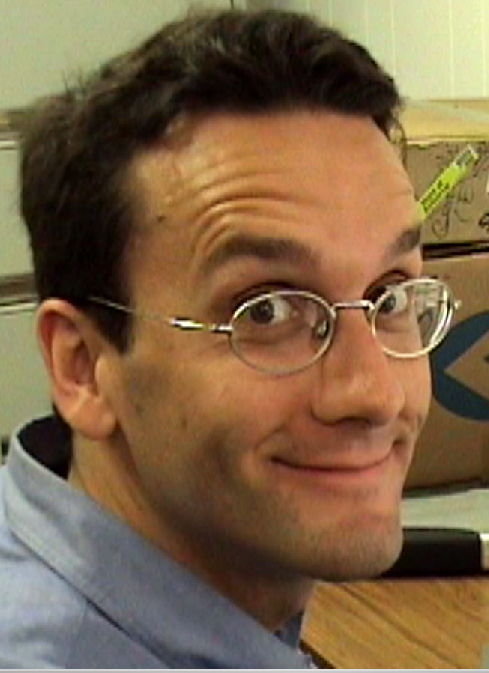CS547 Human-Computer Interaction Seminar (Seminar on People, Computers, and Design)
Fridays 11:30am-12:30pm PT · Gates B3 · Open to the public|
Bill Tomlinson UC Irvine Affective Interaction Paradigms for Animated Characters
April 29, 2005
Human Computer Interaction is increasingly engaged with the social-cultural context that people live in everyday. The city, in all its grit and glory, provides a complex and rich context in which to understand the challenges technologies face when they are adopted by people in the real world. In this presentation, I discuss three on-going research initiatives from my group at Cornell Tech in New York City which grapple with interaction in the urban context: Trashbots in the City, Urban Fingerprinting, and Communal eXtended Reality. These projects highlight different aspects of urban interaction--culture, scale, engagement--which demand new approaches from researchers and practitioners in HCI. In this talk, I will also champion the perspectives that HCI brings to the already crowded urban landscape. |
|
